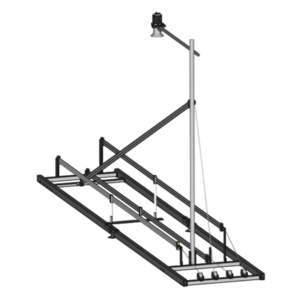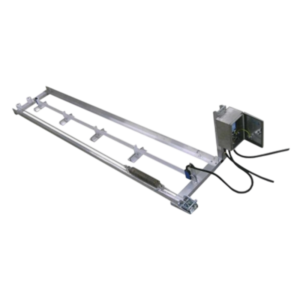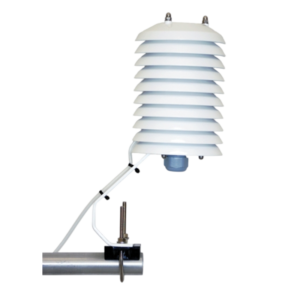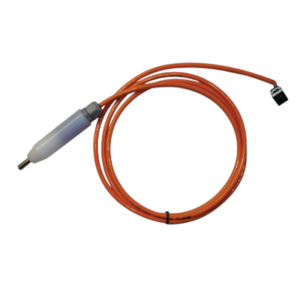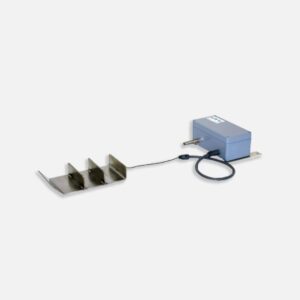Snow Monitoring System
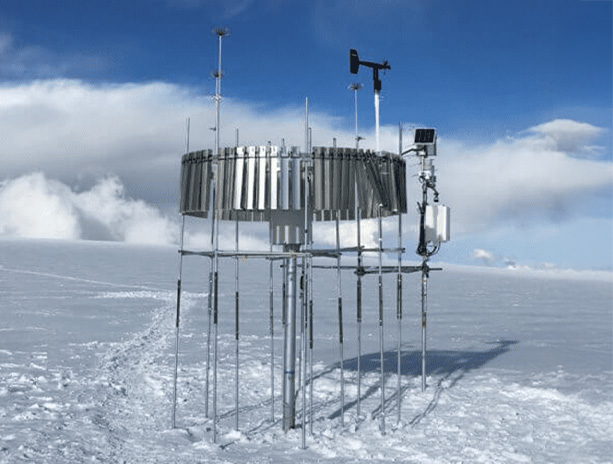
A Snow Monitoring System is a sophisticated technological solution designed to track and analyze snowfall
and related environmental conditions. In regions prone to heavy snowfall, such systems play a crucial role
in providing real-time data for various purposes, including transportation management, avalanche forecasting,
and overall winter weather monitoring.
These systems typically employ a network of sensors strategically placed in key locations to measure
snow depth, density, and temperature. Advanced technologies, such as LiDAR (Light Detection and Ranging)
and radar, are often integrated to enhance the accuracy of snowpack measurements. Additionally, meteorological
sensors are employed to capture data on ambient temperature, humidity, and wind speed, offering a comprehensive
understanding of the surrounding conditions.
…
The data collected by the Snow Monitoring System is transmitted to a centralized control center where it
is processed and analyzed. This information is invaluable for decision-makers in planning snow removal
operations, assessing the risk of avalanches, and ensuring the safety of transportation networks. Furthermore,
the system facilitates the optimization of resource allocation, helping authorities deploy snow removal
equipment more efficiently and minimize disruptions caused by winter weather.
In recent years, advancements in remote sensing technologies and data analytics have further enhanced the
capabilities of Snow Monitoring Systems. These systems contribute significantly to improving winter resilience
in snow-prone areas, making them essential tools for both public safety and infrastructure management in
cold climates.
Related Products
Snow Monitoring System solutions such as snow pack analyser SPA-2, snow melt analyzer SMA-2, snow surface temperature sensor SIR, snow temperature sensor PT100, and snow sliding sensor SGE-20 are vital tools for real-time snow data monitoring, avalanche risk detection, and climate modeling in alpine and cold-climate regions. From tracking snow accumulation, melting rates, and surface temperature to detecting snowpack stability and potential slides, these systems are essential for weather forecasting agencies, hydroelectric plants, transport departments, and environmental monitoring bodies. At Aaxis Nano, we specialize in deploying rugged, accurate, and intelligent snow monitoring technologies tailored for harsh, high-altitude environments.
Why a Snow Monitoring System is Essential
A Snow Monitoring System is designed to continuously observe and report snow conditions in mountainous, high-latitude, or snow-prone regions. It enables:
Reliable hydrological planning by measuring snow water equivalent (SWE)
Avalanche risk management through snowpack sliding and stability monitoring
Real-time weather data integration for early warning systems
Operational safety for infrastructure like highways, railways, tunnels, and power stations
These systems ensure data-driven decision-making and help governments, agencies, and organizations act before risks escalate.
Key Components of a Snow Monitoring System
1. Snow Pack Analyser – SPA-2
Measures snow water equivalent (SWE) and snow depth
Determines snowpack density and structure
Essential for runoff prediction and hydropower water yield estimation
High-accuracy radar or weighing principle sensor
2. Snow Melt Analyzer – SMA-2
Monitors melting rates with precision
Provides early alerts for potential flooding or water resource shifts
Works with SPA-2 data for comprehensive melt profiling
Suitable for climate studies, flood modeling, and agricultural planning
3. Snow Surface Temperature Sensor – SIR
Monitors surface temperature of snowpack in real time
Helps detect freezing and thawing cycles
Crucial for understanding thermal insulation layers in snow
Supports avalanches forecasting and road maintenance
4. Snow Temperature Sensor (PT100)
Measures internal snowpack temperature gradients
PT100 platinum-based RTD sensor ensures high accuracy
Used to evaluate snow stability and layer transformations
Critical for glaciology research and meteorological stations
5. Snow Sliding Sensor – SGE-20
Detects micro-movements and shearing forces within snow layers
Indicates potential avalanches or snow slips
Mounted on poles or surface installations in avalanche-prone areas
Sends real-time alerts via telemetry
Applications of Snow Monitoring Systems
| Sector | Application Use Case |
|---|---|
| Weather Agencies | Real-time snow and climate reporting, forecasts |
| Hydropower Plants | Estimating runoff from snowmelt, optimizing reservoir release |
| Disaster Management | Avalanche warnings, flood preparation |
| Rail/Road Authorities | Monitoring snow on tracks/roads, ensuring safety and timely clearance |
| Environmental Research | Climate studies, glacier health monitoring, seasonal pattern predictions |
Technology Highlights
Autonomous operation – Solar-powered with backup options
Remote data transmission – GPRS, satellite, and telemetry support
All-weather design – Works in extreme cold, heavy snowfall, and windy conditions
Modular and customizable – Choose only the sensors you need
Cloud-based dashboards – Integrate with SCADA, GIS, or mobile alerts
Key Benefits
Accurate and actionable data on snow depth, density, melt, and temperature
Faster response in case of avalanche risks or flooding potential
Minimized manual effort – No need for frequent on-site readings
Supports regulatory compliance and scientific accuracy
Improves planning and forecasting for government and commercial stakeholders
FAQs – Snow Monitoring System
Q: Can the system work in extreme cold?
A: Yes, all sensors are designed for -40°C or lower, with IP66/IP68-rated housings.
Q: Is the system solar-powered?
A: Yes, solar panels with battery backup are standard for remote deployments.
Q: Can I get alerts on my phone?
A: Yes, our system integrates with SMS, mobile apps, or cloud dashboards.
Q: Is it scalable?
A: Absolutely – add or remove sensors based on site requirements.
Why Choose Aaxis Nano for Snow Monitoring Solutions?
At Aaxis Nano, we deliver scientifically-validated, rugged, and high-performance Snow Monitoring Systems that meet the unique demands of snowbound regions. Our portfolio includes:
SNOW PACK ANALYSER SPA-2
SNOW MELT ANALYZER SMA-2
SNOW SURFACE TEMPERATURE SENSOR SIR
SNOW TEMPERATURE SENSOR (PT100)
SNOW SLIDING SENSOR SGE-20
We provide turnkey installation, customized configurations, and expert post-sale support across India and abroad.
Commercial Perspective – The Business Case for Snow Monitoring
For sectors like hydropower, infrastructure, and government agencies, understanding snow dynamics isn’t just scientific—it’s strategic. Whether you need to protect a multi-crore hydropower asset from seasonal floods or ensure highway safety through proactive snow-clearing, a real-time Snow Monitoring System directly contributes to operational efficiency, disaster resilience, and cost reduction. Organizations can also leverage data for compliance, climate reporting, or policy formulation.
Conclusion
Snow Monitoring Systems are not just about data—they’re about safety, efficiency, and resilience in the face of changing climates. With advanced tools like SPA-2, SMA-2, SIR, PT100, and SGE-20, you gain control over environmental uncertainties. At Aaxis Nano, we ensure your system is accurate, scalable, and tailored to your application.

